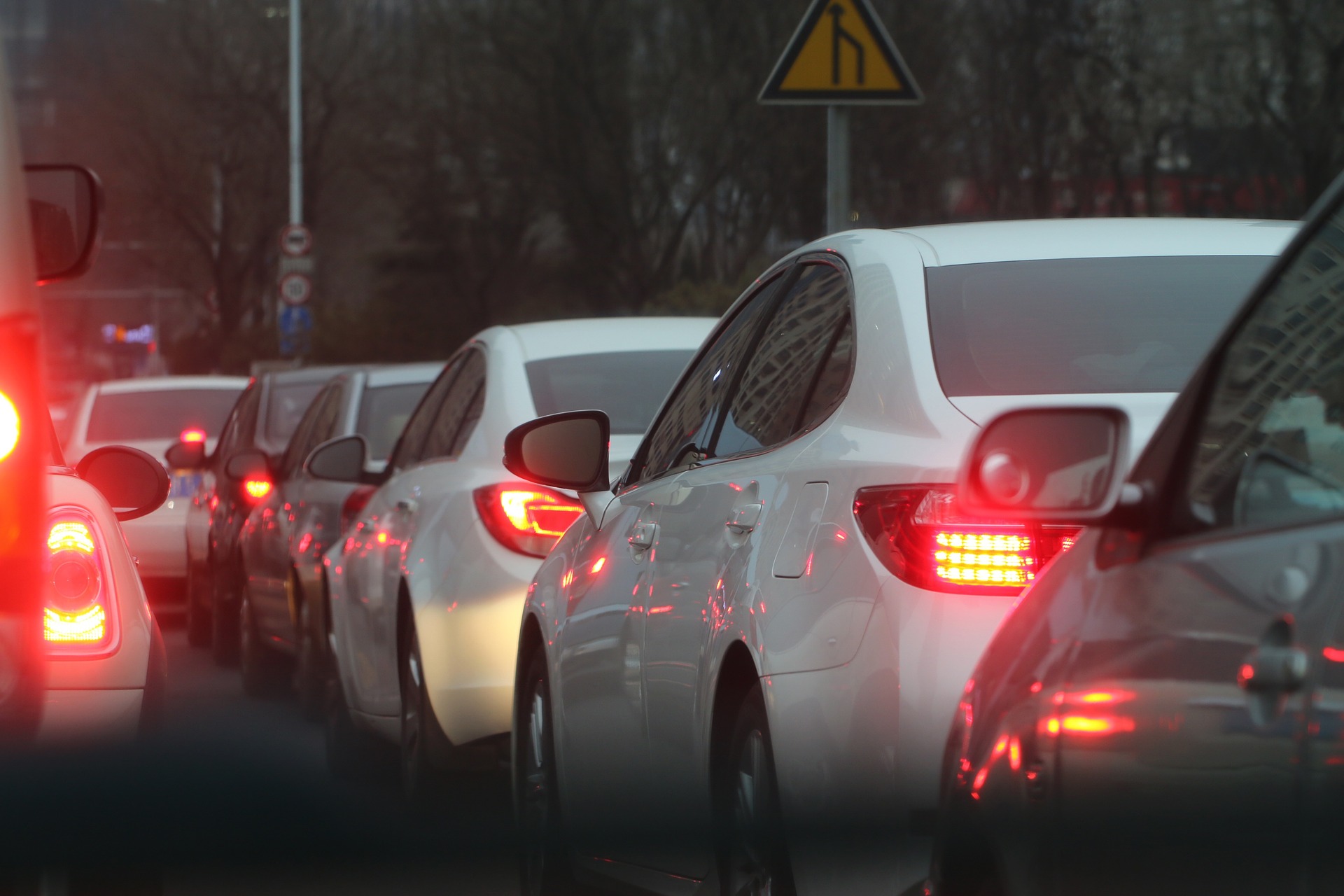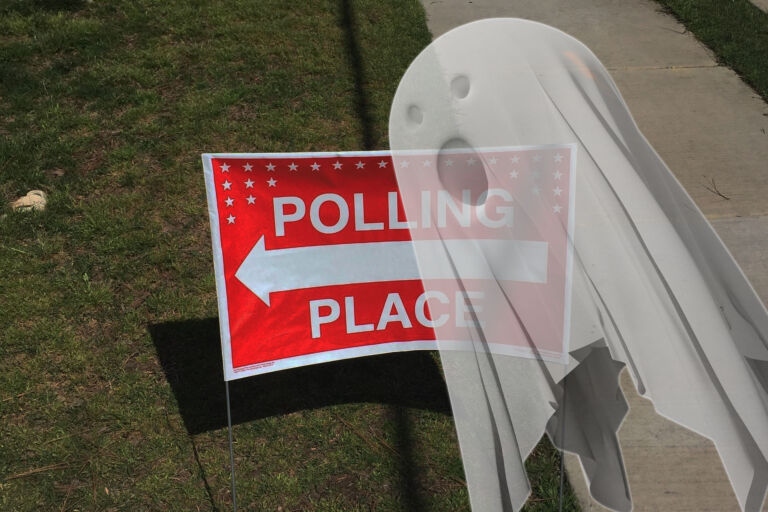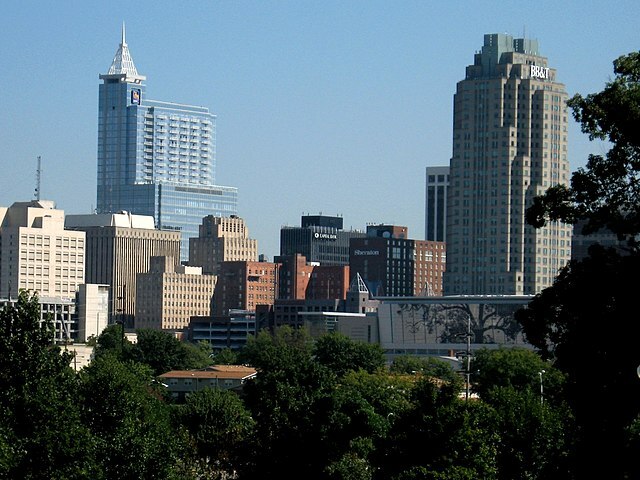 Bob Barr writes for Townhall about the problem with red-light cameras:
Bob Barr writes for Townhall about the problem with red-light cameras:
But something odd was happening at many of the intersections monitored by red light cameras. Even as the number of citations issued for running a red light at such locations increased dramatically, so too did accidents. … Technology ostensibly employed to improve safety at intersections, actually was making the locations more dangerous. This was happening to the extent the problem could not be ignored, and even though jurisdictions using the cameras continued to reap significant cash reward by keeping the devices in place.
Let’s talk about what’s happening here. Public officials pass a program thinking it will cause people to change bad behavior and wring money from the anyone who doesn’t. That’s all well and good. But they don’t account fully for how people’s behavior will change.
The program is sloppy. It can’t pinpoint only those people who are running red lights. It well could be that people who don’t usually run red lights are also more risk-averse than red-light runners. Being more risk averse, they are going to be extra sensitive to incurring financial penalties as well. So they will be more reactive to red-light cameras as well, even when they don’t need to be.
So what happens? Here is the text elided by the ellipses above:
Studies of this counter-intuitive phenomenon revealed that at camera-monitored intersections, accidents were occurring because drivers – fearful of being caught on camera slipping through a light just before it changed from yellow to red – were slamming on their brakes, and either rear-ending the vehicle in front of them, or being rear-ended themselves by the car following them.
This of course is nothing new. We’ve warned about this negative unintended consequence for years.


